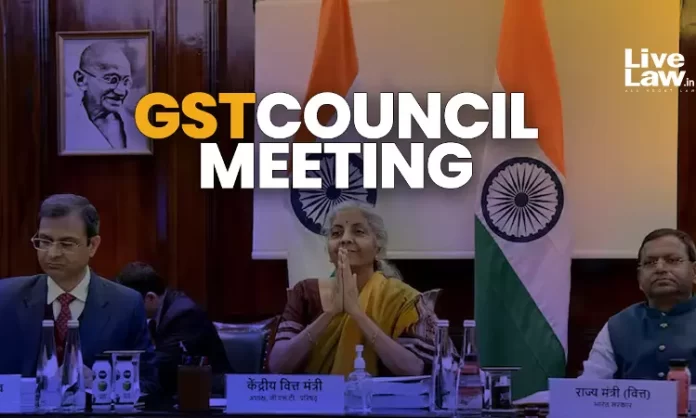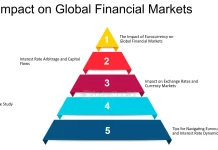GST Council meet to discuss rate rationalisation on Sep 9, final decision later: FM Sitharaman
The panel also tasked the fitment committee — a group of tax officers — to analyse the implication of tinkering rates on some items and present them before the GST council
The GST council will debate rationalizing tax rates next month, according to Finance Minister Nirmala Sitharaman, but a final decision on adjusting tax rates and slabs would be made at a later date.
She added that the compensating cess on luxuries and sin items will also be discussed and may be brought up at the meeting on September 9 or later.
During their meeting last week, the Group of Ministers (GoM) on rate rationalization, led by Bihar Deputy Chief Minister Samrat Chaudhary, came to the general consensus to keep the GST slabs at 5, 12, 18, and 28 percent.
The fitment committee, a group of tax officers, was also given a responsibility by the panel to analyze the effects of changing rates on specific commodities and submit their findings to the GST council.
Strategic Communication and Media Business MA programmes will be offered by IIMC Delhi
“The topic of rate rationalization will be discussed at the next GST Council meeting. There will be a conversation on the problem. A presentation on rate rationalization will be made by the committee of officers,” Sitharaman informed reporters in this location.
She did, however, emphasize that a final decision on rate rationalization will be made at a later meeting.
September 9 is the date of the 54th GST Council meeting, which will be presided over by the Union Finance Minister and include state ministers.
It was discovered that Karnataka brought up the topics of debt payback, the path forward, and the maintenance of the compensation cess levy during the 53rd GST Council meeting on Saturday.
Prior to the projected March 2026, officials had stated that by November 2025, four months earlier than expected, the government could be able to repay the Rs 2.69 lakh crore in borrowings taken out in fiscal years 2021 and 2022 to make up for the states’ loss of GST revenue.
According to officials, the allocation of the cess amount beyond November 2025 could be deliberated upon during the Council meeting.
Initially, a five-year compensation cess was imposed to make up for the states’ revenue shortfall when the GST went into effect. The money raised by the charge is being utilized to pay back the interest and principle of the Rs 2.69 lakh crore that the Center borrowed during COVID-19, even though the compensation cess expires in June 2022.
After the loans are paid back, the GST Council will need to decide what will happen to the current GST compensation cess in terms of its name and how it will be distributed among the states.
The Center borrowed and issued Rs 1.1 lakh crore in 2020–21 and Rs 1.59 lakh crore in 2021–22 as back-to-back loans to offset a portion of the shortfall in cess collection in order to fill the resource gap that the states were experiencing as a result of the short payment of compensation.
The compensation cess, which is levied on luxury, sin, and demerit items, was extended by the Center in June 2022 until March 2026 in order to repay loans made in FY21 and FY22 to make up for revenue losses incurred by the states.
When the GST was first implemented on July 1, 2017, the states were guaranteed compensation for any revenue losses resulting from the implementation of the GST until June 2022.
Even though the protected revenues of the states increased at a compound annual growth rate of 14% after the GST, the cess collection did not rise at the same rate.
The difference between anticipated and actual revenue receipts was further widened by COVID-19, which also resulted in a decrease in cess collection.
By March 2026, this loan must be paid back.





























